Contact Vicki
If you have any questions or would just like more information please don't hesitate to get in touch by clicking the button below and filling out the contact form.
Contact Vicki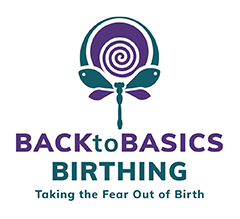
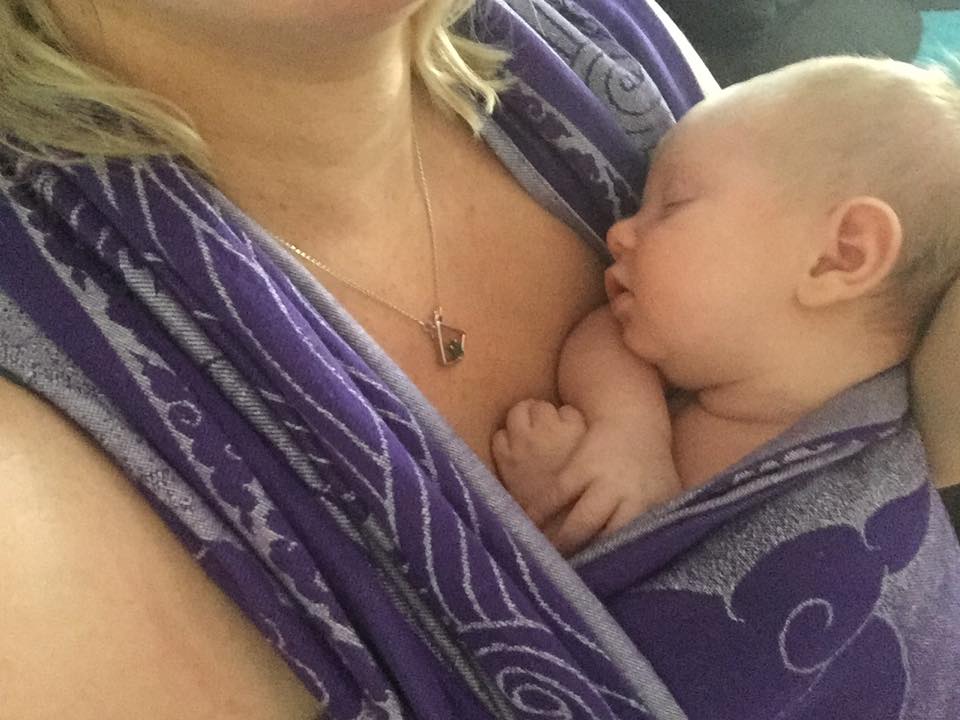
The Unique Connection between mother and child – does it exist?
I loved watching the video which went viral in 2015 on social media.
It has everyone talking about how clever the children are to find their mums, and it got me thinking about how so many couples don’t understand the importance of that skin-on-skin bonding that occurs immediately after birth, but not only that, the pre-bonding that is being created during pregnancy that brings that beautiful connection to mother, father and baby (and of course siblings as well).
Here is the video showing children being blindfolded and asked to find their mother in a line-up of women. All the children were able to locate their mother through touch, smell and I believe their unique energy.
The Unique Connection – video created by Pandora
Today, evidence has shown the importance of smell in the bonding process of newborn mothers and babies.
As babies are feeding from the breast it is natural for the mum to lean down and smell the top of her baby’s head, but with a hat on, this is then a wasted opportunity for bonding even deeper.
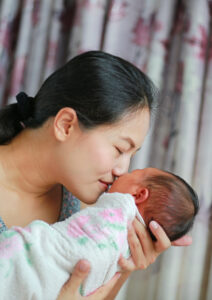
This is bonding.
The mother takes in the smell and feel of their baby.
Baby also gets wired to the smell and touch and sounds of the mother.
This bonding also begins before baby is even born.
During pregnancy a baby will become connected to the mother not only in a physical sense though the umbilical cord to the placenta attached to the uterine wall of the mother, but also connected energetically and spiritually. The baby comes to identify the sounds of mother and father and in fact when they are born, they are more inclined to move towards the sound of their mother or fathers voice even when in a room full of people.
It is important to be aware that whatever the mother feels that energy is then transferred through to her baby.
If she is stressed and upset, she is releasing stress hormones that cross the placenta through to her baby and likewise if mum is experiencing great joy and pleasure that produces endorphins (the feel-good healing hormones of the body) which also cross to her baby.
In Dr Sarah Buckley’s book “Gentle Birth, Gentle Mothering” she writes:
“The experiences that will begin to fire and wire your baby’s brain start in your womb, with the physical sensations that provide the earliest learning. These include being physically supported by the womb and amniotic fluid, being kept warm by your body warmth, being gently rocked as you walk, being exposed to different tastes from your diet via the amniotic fluid, hearing your voice and voices of other family members, and feeling calm and settled when you are calm and settled. Conversely, high levels of stress during pregnancy can fire and wire your baby’s brain for dysfunctions in learning and over-reactivity to stress.”
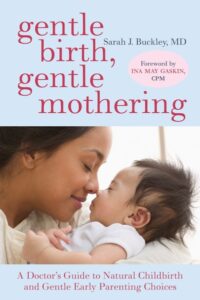
A wonderful way to share your pregnancy with your baby as they are growing up is to take photos and videos during your pregnancy, during your play time and at certain milestones of your pregnancy and creating a “Bonding with Baby Book” where you can sit and share these images with your child as they get older. This is a fantastic way to bond with children or in particular soothe them when they are sad or upset, as it becomes “your time” for reflection and quality time together.
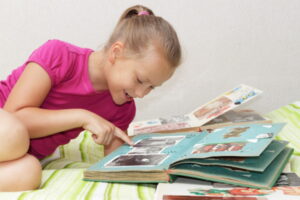
So, let’s look at how all this bonding and connection takes place.
The journal “Neurolmage” suggests that we are instinctively wired for bonding with our babies and the sight and smell of newborns triggers a deep-seated response to care for that child.
It is interesting to note that scientists have also found that when a woman gives birth, the father actually grows more neuron connections in certain areas of the brain (prefrontal cortex) which is involved in caretaking and bonding. When they become fathers the receptors for the chemical vasopressin increase, which is related to nurturing and attachment.
Dads can have just as strong attachment / bonding as mother as a recent study showed oxytocin levels rise equally in both new mum and dad.
It also appears that babies are born with a brain that expects this bond to form in the first place.
Another study funded by the National Institute of Health and conducted by the Brain and Behaviour Research Foundation claims that “Infants can learn from their mothers about potential environment threats before their sensory and motor development allows them a comprehensive exploration of the surrounding environment.”
What this means is that the experiences or traumas that a mother has during pregnancy can be passed on to her baby including any stimulus such as smell, which then causes that child to experience distress and anxiety or in some cases post-traumatic stress syndrome, when they smell that smell after birth, without having ever experienced that trauma directly themselves.
That close physical contact at birth with skin on skin starts the powerful process of bonding between mother and baby. The baby also receives smells from the mums’ nipples, which attracts baby to that area, to instinctively start breastfeeding – creating the beautiful display of the “breast crawl.”
Take a look at this video created by www.breastcrawl.org demonstrating the breast crawl of newborn baby to mother’s breast.
Babies will recognise the milk from their own mother over the milk from another lactating mother. Skin-on-skin contact helps to imprint all the olfactory stimulus of the mother to the baby and vice versa, providing that security of being able to identify each other when they separated – this is the “imprinting” process which is part of our evolution.
In one experiment, researchers tested newborns by holding a pad carrying maternal odours 17cm from the baby’s nose. In response, the babies wriggled towards the pad that contains the scent of their own mother.
A recent study also showed that 90% of mothers who were left to bond with their baby uninterrupted for a minimum of one hour were able to identify their baby through smell alone.
My suggestion is rather than baby being brought straight up to mums’ chest at birth for skin-on-skin contact, baby is placed on mums’ stomach, so that mum has the opportunity to have time to take in the look, the feel and the smell of her baby. Baby also gets the opportunity to connect with mum on the outside and will start to smell the breast milk and by using the breast crawl technique will instinctively forage their way to the breast and start suckling, increasing the release of oxytocin for the placenta to be birthed and the mother to embrace her new role as a newborn mother.
So now go and pick up your baby, hold your baby close, skin-to-skin and breathe in slowly to take your fill of pheromones and enjoy that beautiful connection for life.
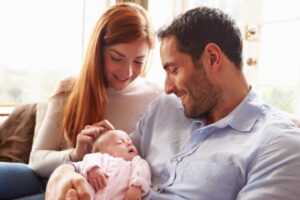
Resources:
http://www.livescience.com/19108-baby-love-human-brain.html
http://onlinelibrary.wiley.com/doi/10.1111/j.1651-2227.2004.tb00856.x/abstract
http://www.jneurosci.org/content/26/22/5888.full
http://www.ncbi.nlm.nih.gov/pubmed/15841774
http://www.newsweek.com/mothers-fears-are-passed-children-through-smell-study-suggests-261754
http://www.ncbi.nlm.nih.gov/pubmed/20453850
http://www.nature.com/pr/journal/v21/n4s/abs/pr1987171a.html
http://www.ncbi.nlm.nih.gov/books/NBK55973/
http://serendip.brynmawr.edu/exchange/node/518
http://www.scientificamerican.com/article/the-brains-of-our-fathers/
http://www.parentingscience.com/newborn-senses.html
http://www.breastcrawl.org/introduction.shtml
If you have any questions or would just like more information please don't hesitate to get in touch by clicking the button below and filling out the contact form.
Contact Vicki